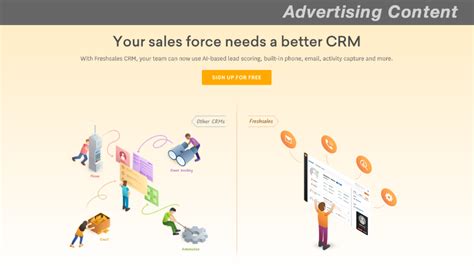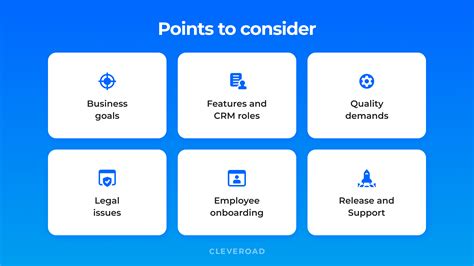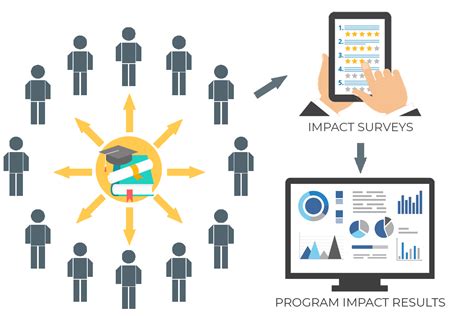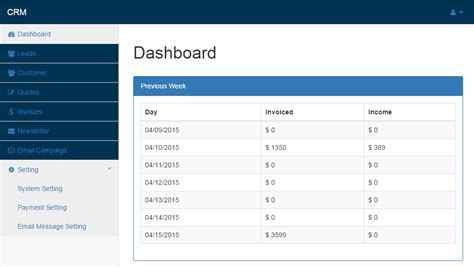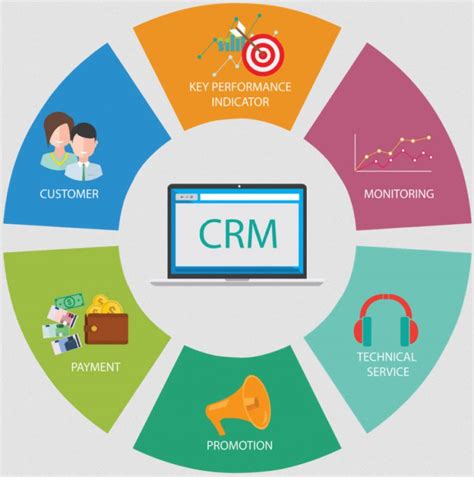Introduction
In today’s world, students are looking for every possible opportunity to secure a scholarship to help finance their education. A Scholarship Application Management System is a platform that helps students apply for and track their scholarship applications. In this article, we will discuss the benefits of using a scholarship application management system.
Benefits of using a Scholarship Application Management System
Efficiency
Applying for scholarships can be a time-consuming process. A Scholarship Application Management System streamlines the process by allowing students to submit applications, essays, and recommendation letters in one place. This saves time and energy for both the student and the scholarship committee.
Organization
Keeping track of multiple scholarship applications can be overwhelming. A Scholarship Application Management System helps students organize their applications, deadlines, and requirements in one place. This makes it easier for students to stay on top of their applications and ensure that they do not miss any deadlines.
Accessibility
A Scholarship Application Management System can be accessed from anywhere with an internet connection. This means that students can work on their applications from home or on the go. This makes it easier for students who have busy schedules or live in remote areas to apply for scholarships.
Transparency
A Scholarship Application Management System provides transparency in the scholarship application process. Students can track their application status and see when their application has been reviewed. This helps students stay informed and reduces anxiety about the application process.
Features of a Scholarship Application Management System
Application Forms
A Scholarship Application Management System provides students with a user-friendly application form that is easy to navigate. The form includes all the necessary fields for the application process such as personal information, academic achievements, and essay questions.
Document Management
A Scholarship Application Management System allows students to upload and manage all their documents in one place. This includes transcripts, recommendation letters, and essays. This makes it easier for students to keep track of their documents and ensures that they are submitted on time.
Communication
A Scholarship Application Management System provides a communication platform where students can ask questions and receive updates about their application status. This helps students stay informed and reduces anxiety about the application process.
Reporting
A Scholarship Application Management System provides reporting features that allow scholarship committees to generate reports on the number of applications received, the status of each application, and the demographics of the applicants. This helps committees make informed decisions about scholarship awards.
Conclusion
In conclusion, a Scholarship Application Management System is an essential tool for students looking to secure scholarships. It provides efficiency, organization, accessibility, and transparency in the scholarship application process. The features of a Scholarship Application Management System make it easier for students to apply for scholarships and for committees to make informed decisions about scholarship awards.



